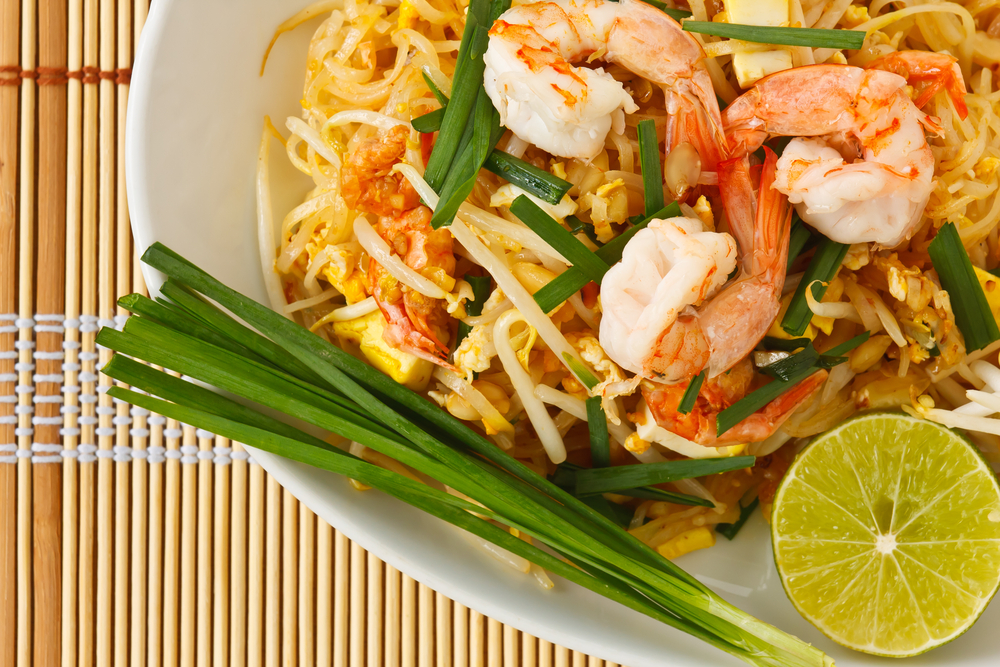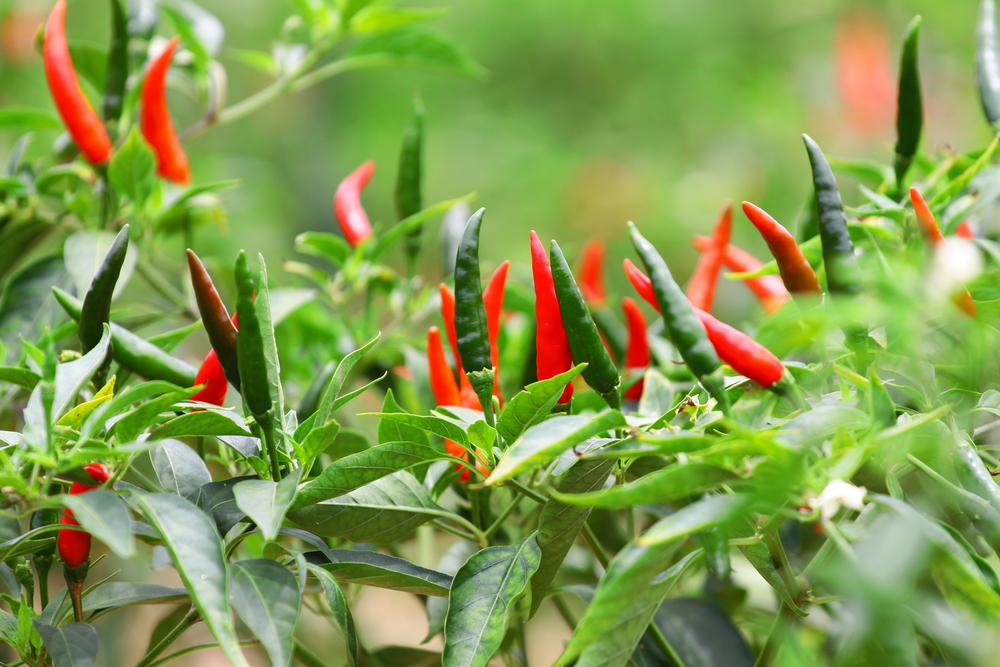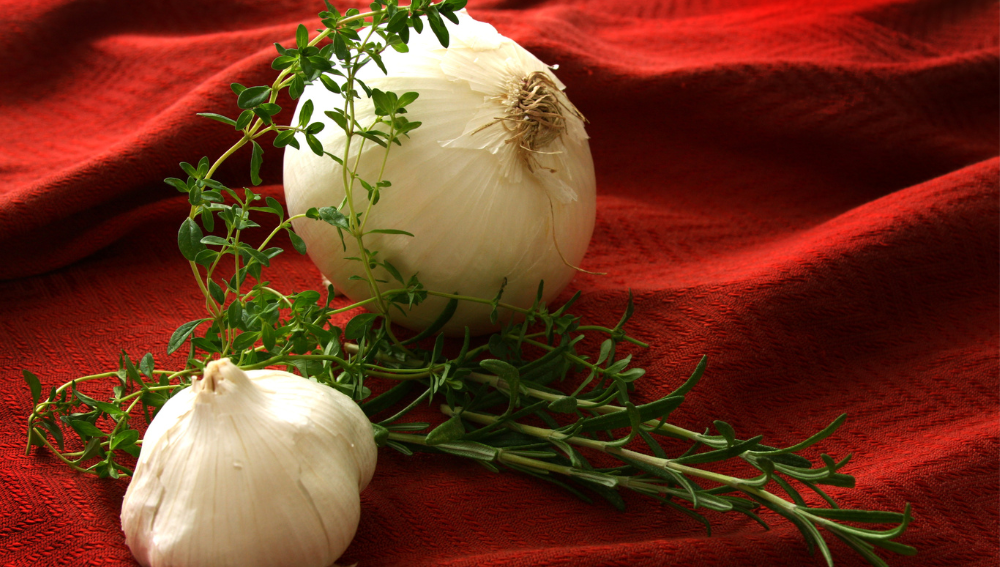Lemongrass is an herb that is commonly used in Asian cuisine, particularly Thai and Vietnamese dishes. It has a distinct flavor that adds a unique taste to dishes. If you’ve never tasted lemongrass before, you might be wondering what it tastes like.
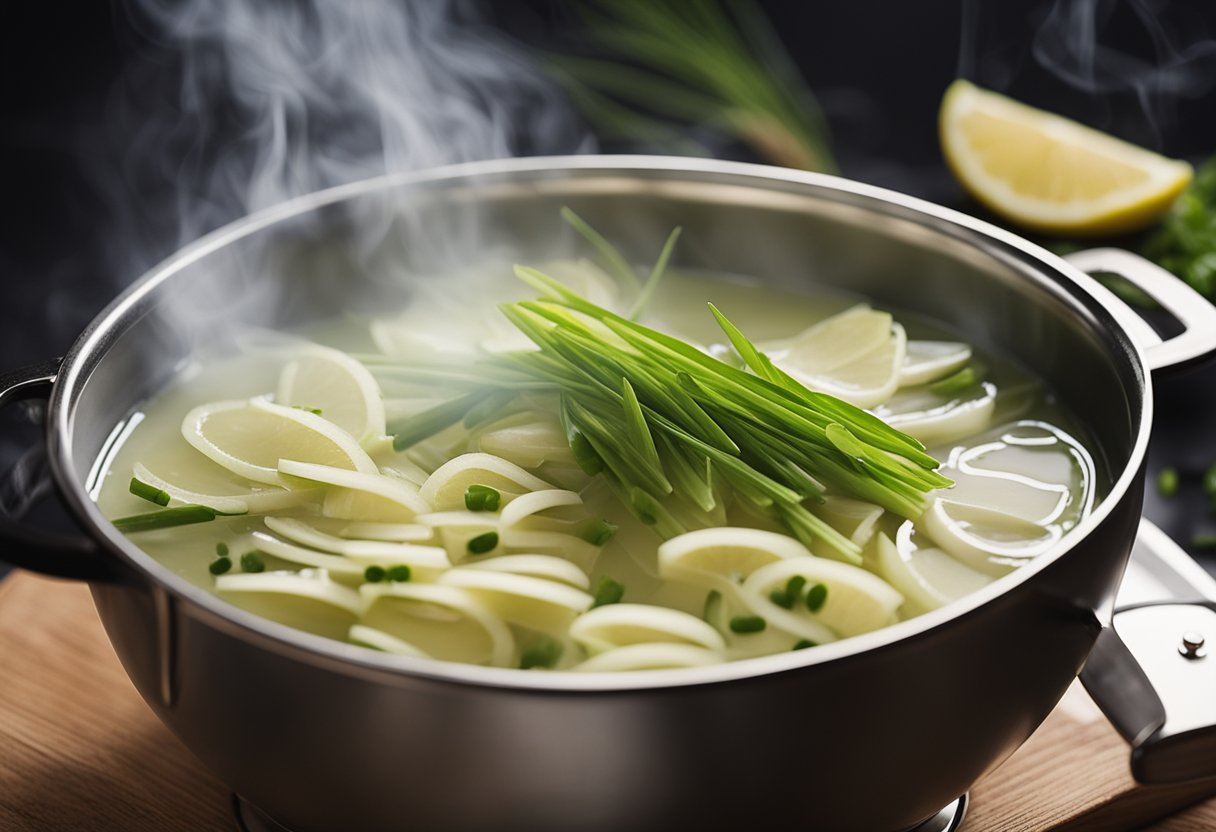
The taste of lemongrass is often described as citrusy, with a flavor that is similar to lemon. However, there are some differences between the two.
Lemongrass has a more subtle sweetness that balances out the citrusy flavor, and it also has a strong vegetal, earthy flavor that lemon doesn’t have.
The flavor can also be described as a harmonious blend of lemon and ginger, with floral, slightly minty, and subtly sweet undertones.
Key Takeaways
- Lemongrass has a citrusy taste that is similar to lemon, but with a more subtle sweetness and a strong vegetal, earthy flavor.
- The flavor of lemongrass can be described as a harmonious blend of lemon and ginger, with floral, slightly minty, and subtly sweet undertones.
- Lemongrass is commonly used in Asian cuisine, particularly Thai and Vietnamese dishes.
Understanding Lemongrass
Lemongrass, also known as Cymbopogon, is a perennial grass that grows in tropical climates. It is commonly used in Asian cuisine and has a unique flavor profile that is citrusy with a hint of ginger and mint.
The tender, white core of the stalk is desired for its distinct citrus flavor and is a common ingredient in Thai, Indian, Indonesian, and Vietnamese cooking.
If you’re interested in growing your own lemongrass, you can do so by starting with seeds or a mature plant. Lemongrass requires plenty of sunlight and well-draining soil. It can be grown in containers or directly in the ground, but it’s important to keep in mind that it can grow up to six to ten feet in height.
When it comes to taste, lemongrass is often compared to lemon rind, but it’s more of a light, fresh flavor and a little bit ‘watery’. It does not have the bitter taste we get from the lemon, and its flavor mainly comes from the plant’s white part.
In summary, lemongrass is a versatile and flavorful ingredient that can be used in a variety of dishes. Whether you’re cooking with it or growing your own, it’s important to keep in mind its unique flavor profile and growing requirements.
Taste and Flavor Profile of Lemongrass
Lemongrass is a herb that is commonly used in Southeast Asian cuisine. It is known for its citrusy and slightly sweet flavor, which makes it a popular ingredient in a variety of dishes. As someone who has tasted lemongrass, I can confidently say that it has a unique taste that is hard to describe.
The taste of lemongrass can be described as lemony, but not as sour as a lemon. It has a subtle tartness that is balanced out by its sweet undertones. However, it is not overly sweet like sugar, and it has a slight bitterness to it that gives it depth.
In terms of its flavor profile, lemongrass has a pungent, earthy note that is refreshing and bright. It has a warm quality to it that makes it a great addition to soups, curries, and stir-fries.
When using lemongrass in cooking, it is important to note that the flavor can vary depending on how it is prepared. For example, using fresh lemongrass will give you a stronger flavor than using dried lemongrass. Additionally, the way it is chopped or crushed can also affect its flavor profile.
Overall, lemongrass has a unique taste and flavor that is hard to replicate. Its citrusy and sweet notes, combined with its earthy and pungent qualities, make it a versatile herb that can be used in a variety of dishes.
Forms of Lemongrass
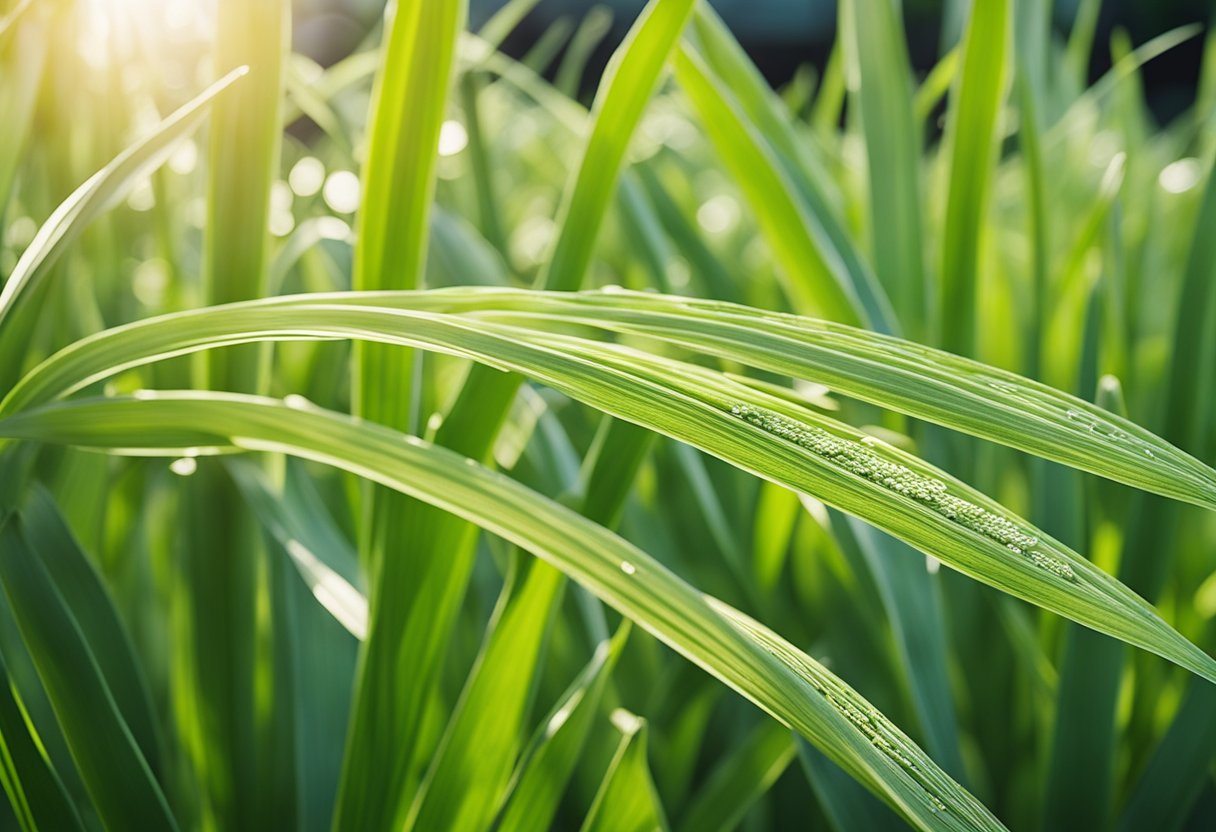
Lemongrass is a versatile ingredient that can be used in various forms in cooking, beverages, and medicinal preparations. Here are some common forms of lemongrass:
Fresh Lemongrass
Fresh lemongrass is the most common form of lemongrass used in cooking. It has long, thin, green leaves that are tough and fibrous. The outer layers of the leaves are usually removed, and the tender inner part is used for cooking.
Fresh lemongrass has a bright, lemony flavor with a hint of sourness and spiciness. It is commonly chopped and added to dishes like curries, stir-fries, marinades, salads, and soups.
Dried Lemongrass
Dried lemongrass is a convenient alternative to fresh lemongrass. It is pale yellow in color and has a more concentrated flavor than fresh lemongrass. Dried lemongrass can be found in the spice aisle of most grocery stores. It is commonly used in dishes like curries, soups, and marinades.
Lemongrass Juice
Lemongrass juice is a pale yellow liquid that is extracted from fresh lemongrass. It has a strong lemony flavor and is often used in beverages like cocktails and refreshing drinks.
Lemongrass Tea
Lemongrass tea is a popular herbal tea that is made from fresh or dried lemongrass leaves. It has a soothing, refreshing flavor and is often used as a natural remedy for flu, cold, and other respiratory problems.
Lemongrass in Cooking
Lemongrass is a versatile ingredient that can be used in a variety of dishes. It is commonly used in Southeast Asian cuisine, particularly Thai, Vietnamese, and Indian cuisine. Lemongrass adds a bright, citrusy flavor to dishes like curries, stir-fries, soups, and salads.
Lemongrass in Beverages
Lemongrass is also a popular ingredient in beverages like cocktails, refreshing drinks, and herbal teas. It adds a bright, lemony flavor and a refreshing aroma to these drinks.
Lemongrass in Asian Cuisine
Lemongrass is a common ingredient in many Southeast Asian dishes. It is used in dishes like curries, stir-fries, soups, and salads to add a bright, citrusy flavor.
Health Benefits of Lemongrass
Lemongrass has several health benefits due to its antioxidant, anti-inflammatory, and antimicrobial properties. It can help improve digestion, reduce cholesterol levels, and boost the immune system.
Nutritional Content of Lemongrass
Lemongrass is a good source of several nutrients like calcium, potassium, copper, and vitamin A. It also contains citral, a compound that gives lemongrass its distinct lemony flavor.
Buying and Storing Lemongrass
Fresh lemongrass can be found in the produce section of most grocery stores. It should be stored in the refrigerator and used within a week. Dried lemongrass can be found in the spice aisle of most grocery stores.
It can be stored in an airtight container in a cool, dry place for up to six months. Some grocery stores also carry lemongrass in the freezer section, which can be stored for up to a year. When using fresh lemongrass, it is important to remove the tough outer layers of the leaves and use only the tender inner part for cooking.
Frequently Asked Questions
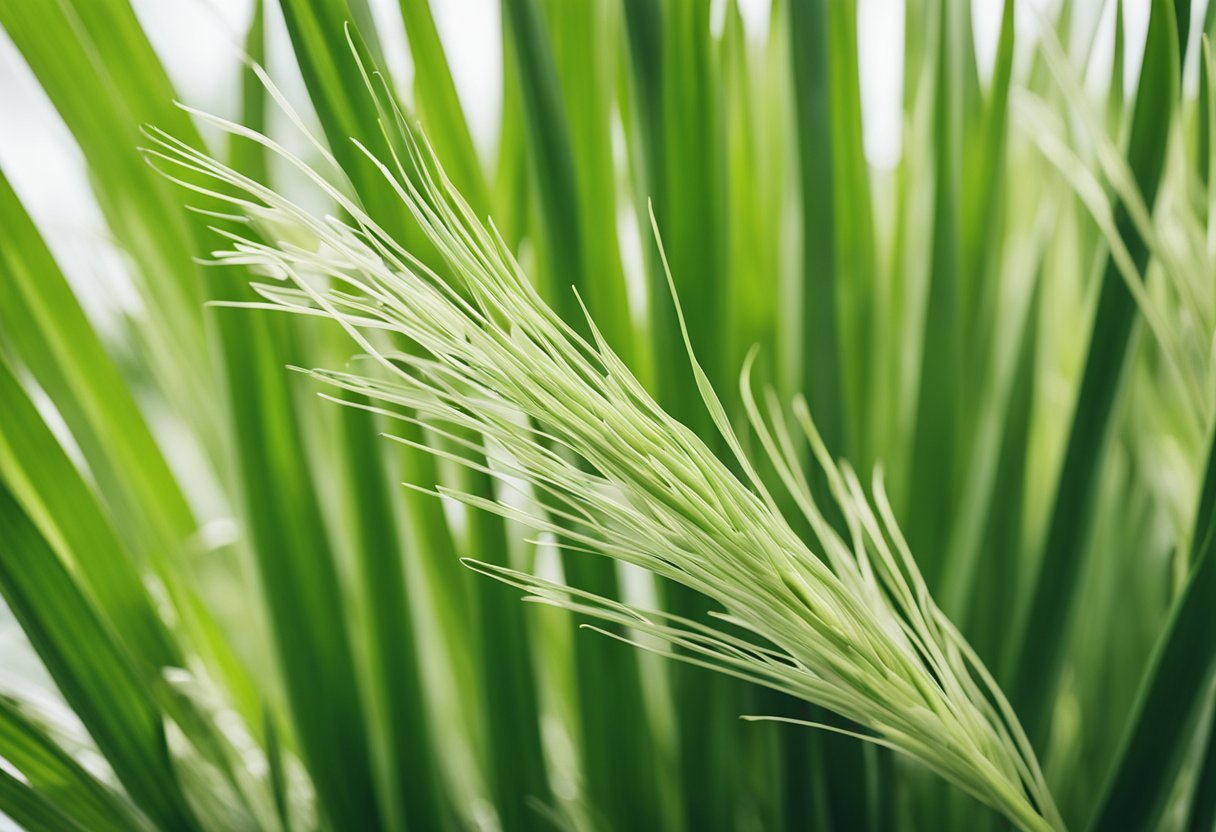
What are some common uses for lemongrass in cooking?
Lemongrass is a popular ingredient in many types of Asian cuisine, including Thai, Vietnamese, and Indonesian dishes. It is often used in soups, curries, and stir-fries. Lemongrass can also be used to flavor teas and other beverages.
How can I prepare lemongrass for use in soup?
To prepare lemongrass for use in soup, start by trimming off the root end and the tough outer layers of the stalk. Then, slice the tender inner stalk into thin rounds or chop it finely. The sliced or chopped lemongrass can then be added to the soup along with other ingredients.
What are some benefits of using dried lemongrass?
Dried lemongrass can be a convenient alternative to fresh lemongrass, as it has a longer shelf life and can be used in a variety of recipes. It also has a more concentrated flavor than fresh lemongrass, so a little goes a long way.
Additionally, some studies suggest that lemongrass may have health benefits, such as reducing inflammation and improving digestion.
What is the flavor profile of lemongrass?
Lemongrass has a distinct citrusy flavor with herbal and slightly earthy notes. While it is often compared to the flavor of lemon, it has its own unique profile. Some describe it as a mix of lemon and lemon mint. The flavor is light and does not overpower other ingredients in a dish.
Can lemongrass be used as a substitute for other herbs or spices?
Lemongrass can be a good substitute for other citrusy herbs, such as lemon zest or lemon thyme. However, it may not be a suitable replacement for other herbs or spices with different flavor profiles. It is best to experiment with different ingredients to find the right flavor balance in a recipe.
Is lemongrass spicy or hot?
Lemongrass is not spicy or hot like chili peppers. However, it does have a slightly pungent taste that can be described as sharp or tangy. The flavor can become more intense the longer it is cooked or steeped.


